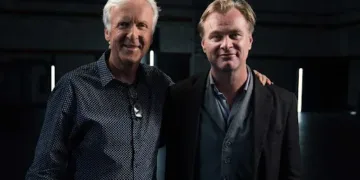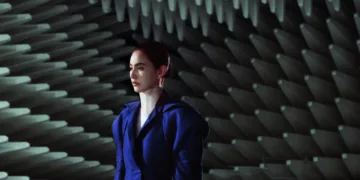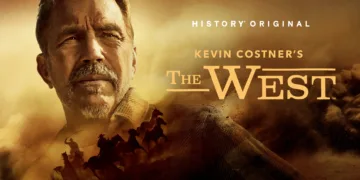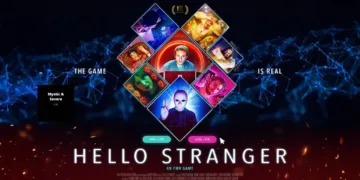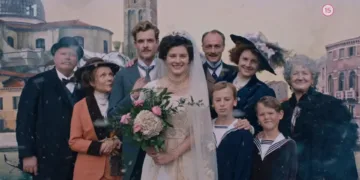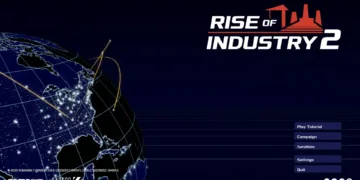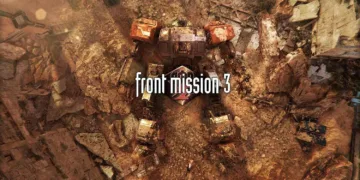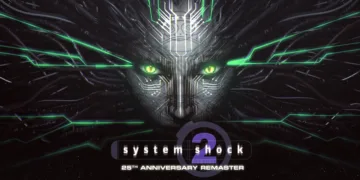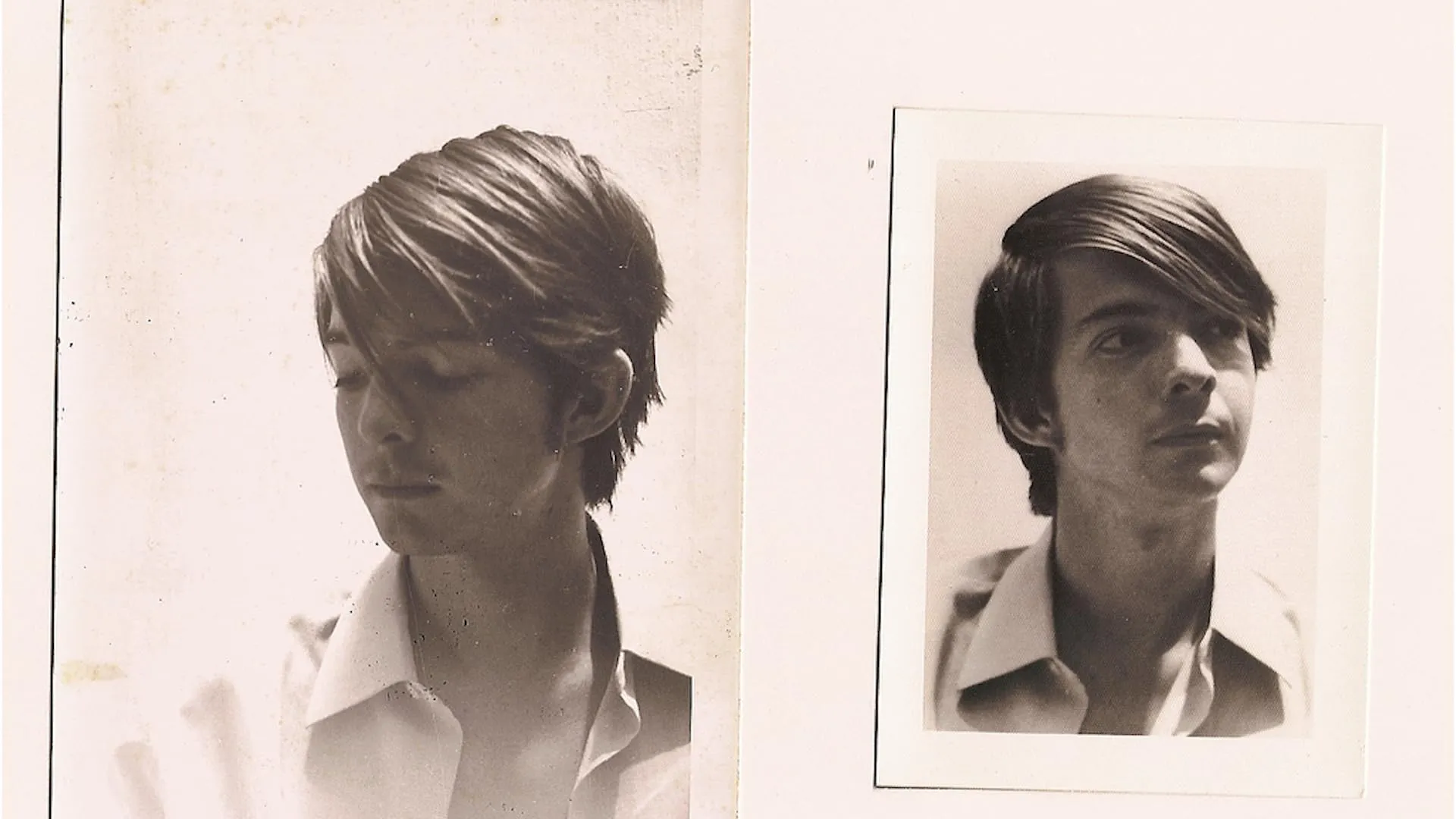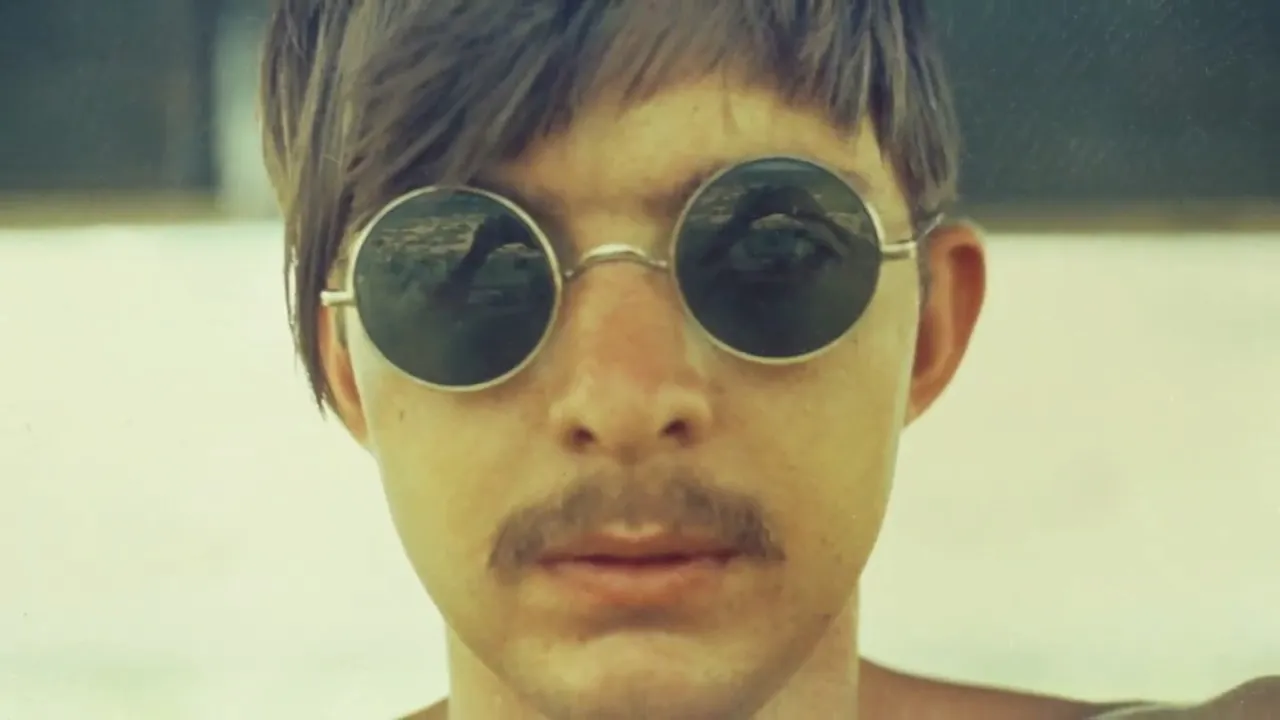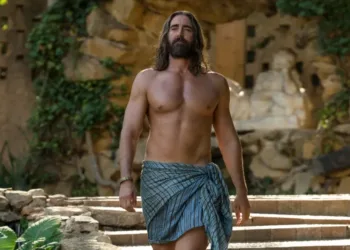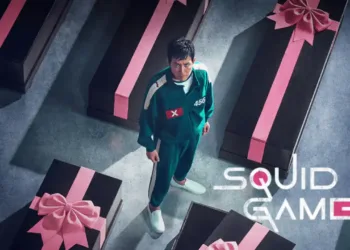All families are built around a sacred silence, a space where a name should be. In Peter McDowell’s documentary, that space is shaped like a man named Jimmy. The film begins not with a story, but with its phantom limb—the decades-long ache of an unanswered question. Jimmy, the eldest brother, died in Saigon in 1972, a casualty of something other than the war.
He was 24. The filmmaker, his youngest brother, was five. What remains for the living is a void, an inherited grief for a person known only through the void he left behind. The official stories were thin, contradictory shrouds: a drug overdose, a tropical sickness.
McDowell’s camera does not seek to capture a life, for that is impossible. It seeks to map the contours of an absence, to understand how a family’s history can be defined not by what is remembered, but by what has been deliberately forgotten. It is an attempt to make a ghost speak.
The Ghost in the Archive
Before the search, there is the myth, constructed from the flickering grain of home movies and the brittle paper of old letters. From these artifacts, the initial image of Jimmy emerges: a vibrant, restless mind in a large Illinois Catholic family.
We see the path of a generation—the anti-war stance, the inevitability of the draft, the reluctant departure. Then, the divergence. After his tour, Jimmy chose to return to the theater of war, not as a soldier but as a civilian. He had fallen for Vietnam, for its sensory overload, and in doing so, had fallen out of love with America.
His letters home burn with a convert’s zeal, a contempt for the “stupid, fat, boorish people and their materialism.” He was running from one kind of emptiness into the arms of another.
The archive offers this portrait of a seeker, but the image is unstable, like a reflection on water. Each photograph, each reel of film, is a piece of a puzzle that promises a whole picture while simultaneously highlighting its own incompleteness, a testament to a life that resists being fully known.
Chasing a Specter through Saigon
The film transforms into a metaphysical detective story, a pilgrimage into the psyche of the dead. Peter’s journey to modern-day Vietnam is less a geographical relocation than a temporal one, an attempt to stand in the spaces his brother once occupied and feel the resonance of his choices.
Armed with faded photographs, he chases a specter through the bustling streets of a city that has shed its old skin. The investigation itself is an act of hope against the void. It is here that the official narrative begins to fracture. The discovery of Jimmy’s profound connection to a young Vietnamese man, Duñg, opens a chasm in the family’s understanding.
This revelation is shaded by the filmmaker’s own experience as a gay man, lending the search a quiet, aching urgency. Is he seeking his brother, or a reflection of himself—a precursor to his own path? Each interview, each newly unearthed fact, does not simply add information; it dismantles the very foundation of the family myth, replacing the comfort of a simple tragedy with a far more complex and human truth.
The Shape of a New Memory
What does one do after confronting a ghost? You give it a new story. The film’s emotional force resides in this act of rewriting history, not to falsify it, but to make it whole.
The search for Jimmy becomes inseparable from Peter’s own becoming, the discovery of a lost role model who offers a retroactive sense of lineage. We witness this alchemy in his mother, whose quiet pain slowly transmutes into a new, more complete acceptance of the son she lost. She learns to see him not as a tragic figure, but as a man who found a love he felt he had to hide.
The film demonstrates that a family’s story is never fixed; it is a living text, open to revision when one has the courage to face its most painful passages. It is an act of profound reclamation, pulling a life from the shadows of shame and rumor. The film offers a tribute to a man who, for a brief, incandescent time, managed to live on his own terms, even if the world was not yet ready to see him.
Jimmy in Saigon premiered in U.S. theaters on April 25, 2025 (limited release) and became available on VOD (Amazon, Apple TV) on May 13, 2025.
Full Credits
Director: Peter McDowell
Writer: Peter McDowell
Producers & Executive Producers: Peter McDowell, Lucia Palmarini, Peter Schulman; Associate Producers: Jane Flynn‑Royko, Alia Haddad, Stephanie Smith; Executive Producers: Dan Savage, Corey Tong, George Guerra
Cast: Peter McDowell, John McDowell, John Attebury, Yves Bletzacker, Robert Carolan, Vu Thi Ngoc Diep, Tran Khanh Dung, Tran Thi Dung, Sherwin Gooch, Tran Khanh Hung, Steve Keyes, Tuong Thi Tu Khuyen, Tran Thi Luyen, Andy McDowell, Ann McDowell, Ellen McDowell, Jimmy McDowell, David Sauer, Ken Simonson, Jim Szujewski
Director of Photography (Cinematographers): Bret Hamilton, Erin Harper, John Isberg, Eric Macey, Peter McDowell, Adam Singer
Editors: Kelly Creedon, Liz Kaar
Composer: John McDowell, Sabina Sciubba
The Review
Jimmy In Saigon
A deeply moving work of cinematic archaeology, Jimmy In Saigon operates not as a mere documentary, but as a séance. It is a courageous and poetic attempt to give shape to a ghost and substance to a silence. The film is a profound meditation on the way we construct history from fragments and find ourselves in the act of searching for another. It succeeds as a haunting and essential act of familial reclamation.
PROS
- A profoundly intimate excavation of a hidden family history.
- Artfully constructs a compelling narrative of mystery and discovery.
- Poignant and effective use of archival letters, photos, and home movies.
CONS
- The filmmaker’s personal search at times risks eclipsing his subject.
- Its deeply contemplative and slow-burning pace may not suit all viewers.
- The very nature of its quest leaves some questions eternally unanswered.














